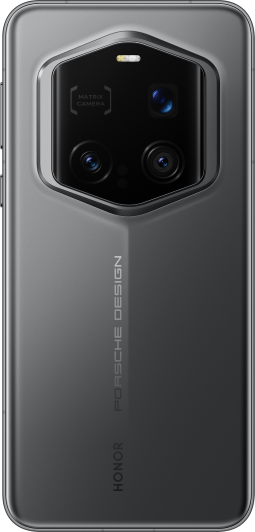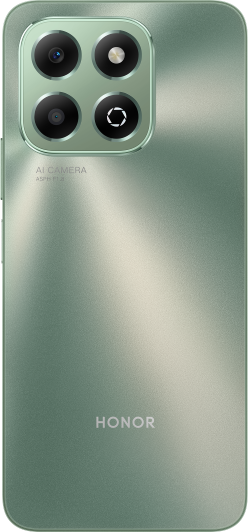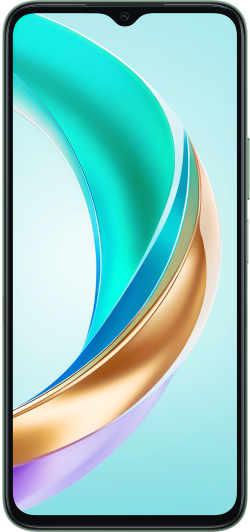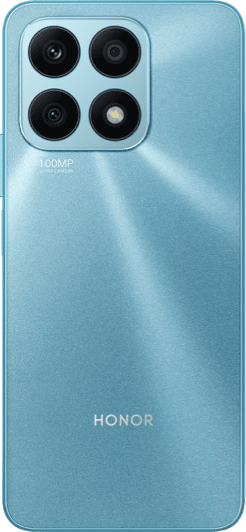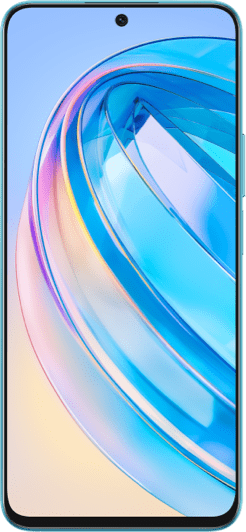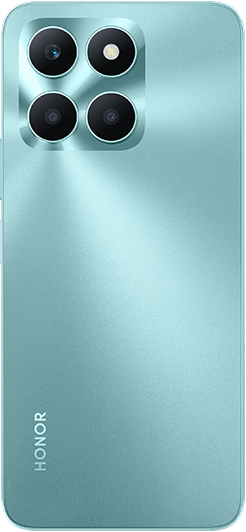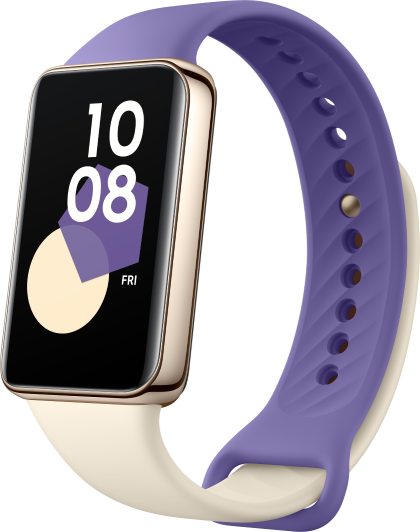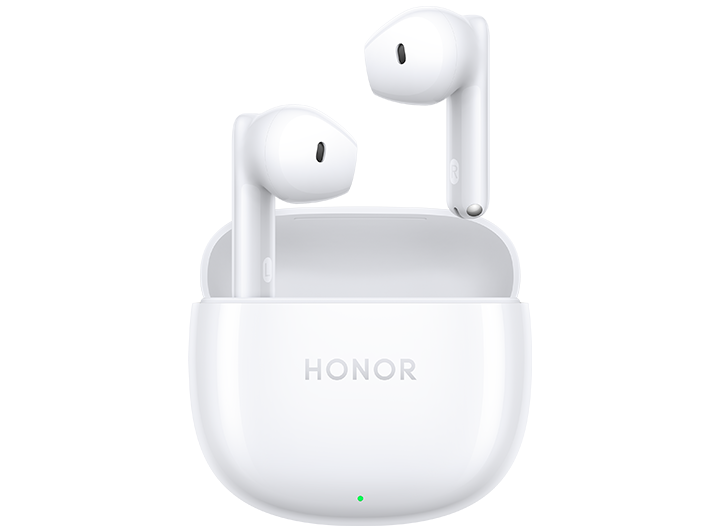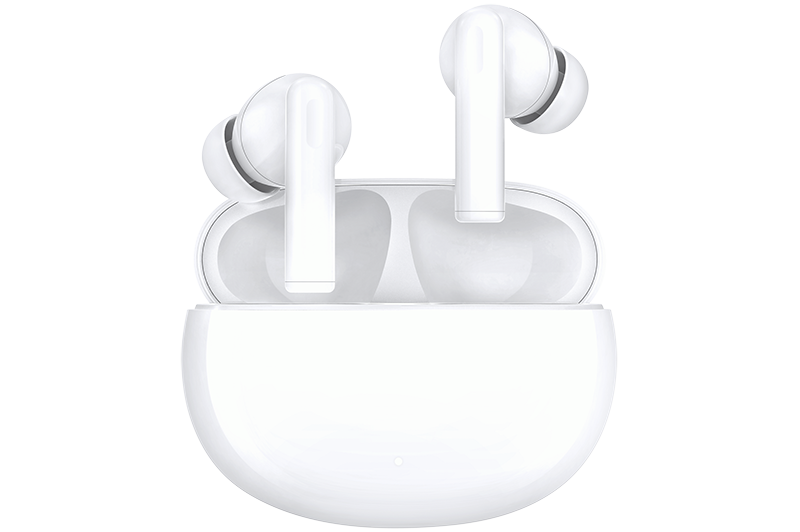TOP

我的荣耀 开启荣耀之旅
To log in to your account, you must first agree to the HONOR PLATFORM TERMS OF USE. If you do not agree, you may only browse the site as a guest.

Tech Insight 101: What Is a Widget on a Phone
In the rapidly evolving world of technology, smartphones offer a host of functionalities designed to enrich our daily lives. Among these tools, widgets stand out as compact yet powerful applications residing on our phone screens. This article will explore what is a widget on a phone, discuss its purpose, highlight the notable benefits, identify common types of widgets, and provide practical tips on how to use these widgets effectively. Let's get started!
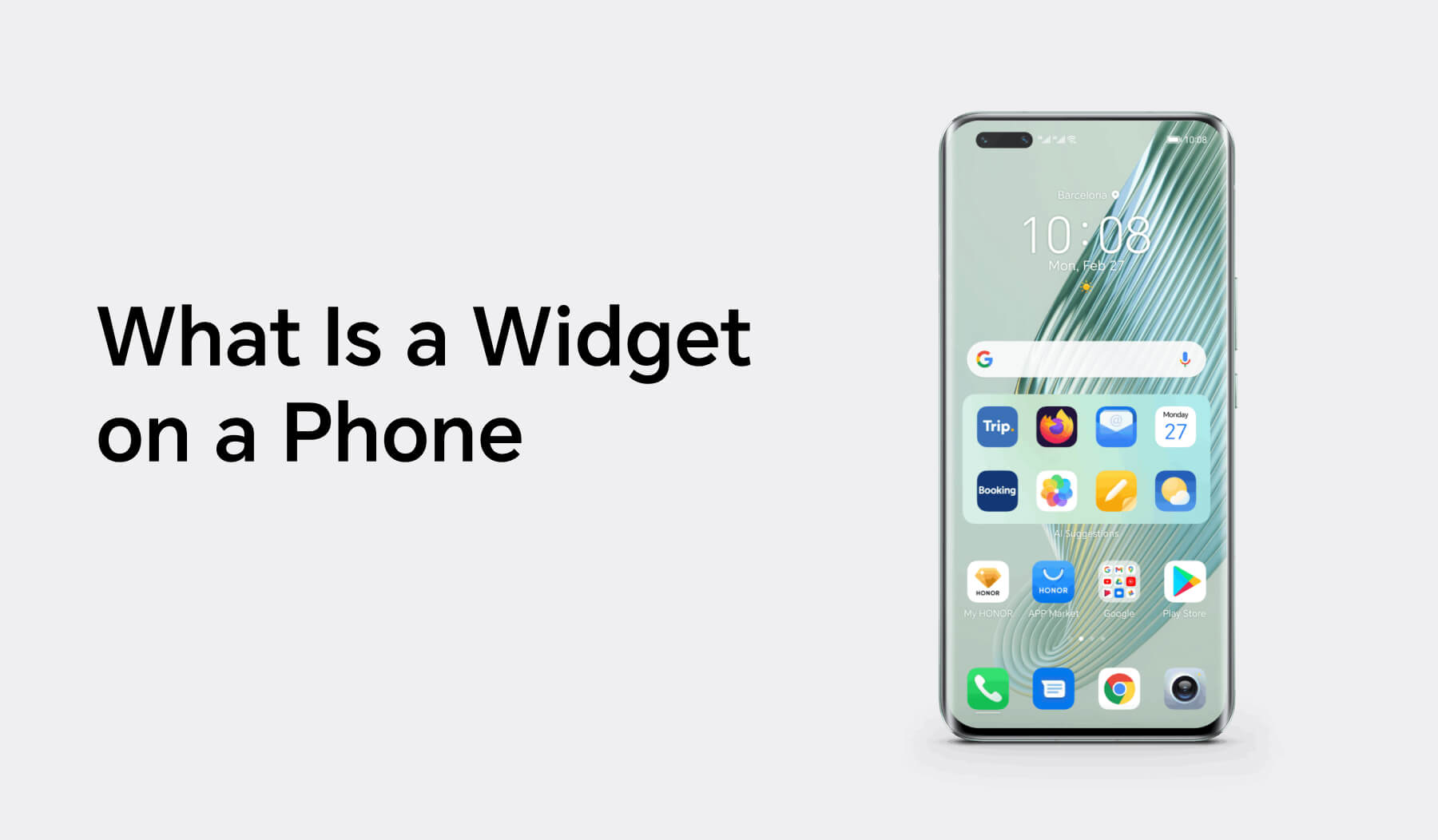
What Does a Widget on Your Phone Do?
What is a widget on a mobile phone? A widget on your phone serves as a handy tool that enhances the functionality of installed applications. Widgets can be positioned on your phone’s home screen, granting fast access to specific data from apps without the necessity to open the app directly. For instance, a Calendar widget provides a fast view of impending events in your calendar without the need to access the Calendar application. While Android smartphones or tablets generally come with certain default widgets, users can also download additional widgets relating to the apps they wish to access rapidly and conveniently.
Benefits of Widgets
Listed below are some of the main benefits of having smartphone widgets:
• Quick Access to Information and Apps
One of the primary advantages of widgets is the capacity for quick access to information. Instead of needing to navigate through various apps, you can get the information you require right from the home screen. Whether it's weather updates, calendar notifications, or breaking news, the information is made readily available to you. This instantaneous access saves not only time but also the effort of opening and closing multiple apps.
• Enhanced Productivity and Efficiency
Widgets enhance productivity and efficiency by eliminating unnecessary steps in accessing application features. They condense multiple interactions into a single tap or swipe, speeding up activities that would usually require opening multiple pages or apps. By providing a summary view of your most-used apps directly on the home screen, widgets streamline the mobile experience and improve overall workflow.
• Customized Home Screens
Widgets allow for a personalized home screen, making the device more suitable and efficient for the user's unique needs. From the arrangement of the widgets to the apps that they represent, the customization possibilities are limitless. Thus, users can create an environment that meets their preferences, enhancing user experience.
Common Types of Widgets on Your Phone
Here are some of the common types of widgets that can be found on your phone:
• Weather Widgets
Weather widgets are an essential tool for many smartphone users. They provide real-time weather updates, future forecasts, and sometimes even alerts for severe conditions. Instead of opening a separate app or looking up weather information, users can review the current temperature, humidity, and forecast right from their home screen.
• Clock and Calendar Widgets
Clock and Calendar widgets offer a clear view of the time, date, and upcoming events without needing to open separate apps. The clock widget might include the capability to set alarms, use a stopwatch, or start a timer. Meanwhile, calendar widgets allow users to view upcoming appointments, meetings, and events at a glance - a feature that's extremely useful for planning and organization.
• Social Media Widgets
Social Media widgets put popular network platforms like Facebook, Twitter, and Instagram right at the user's fingertips. They allow instant browsing, interaction with posts, and the ability to quickly share updates without having to open each app individually. This convenience can enhance social media engagement and save a considerable amount of time.
• News and RSS Feed Widgets
News and RSS feed widgets place the world's latest happenings on your home screen. Users can quickly browse headlines and even read summaries without opening a separate app. This feature is particularly useful for staying informed with local, national, or global news, whether it's about politics, health, technology, or entertainment.
• Music Widgets
Music widgets improve the user's control over music playback. With these widgets on your home screen, you can play, pause, or skip tracks without needing to navigate to the music app itself. Some even display information about the currently playing song or podcast. This convenience allows users to enjoy their favorite tunes seamlessly and effortlessly.
How to Use Widgets Effectively?
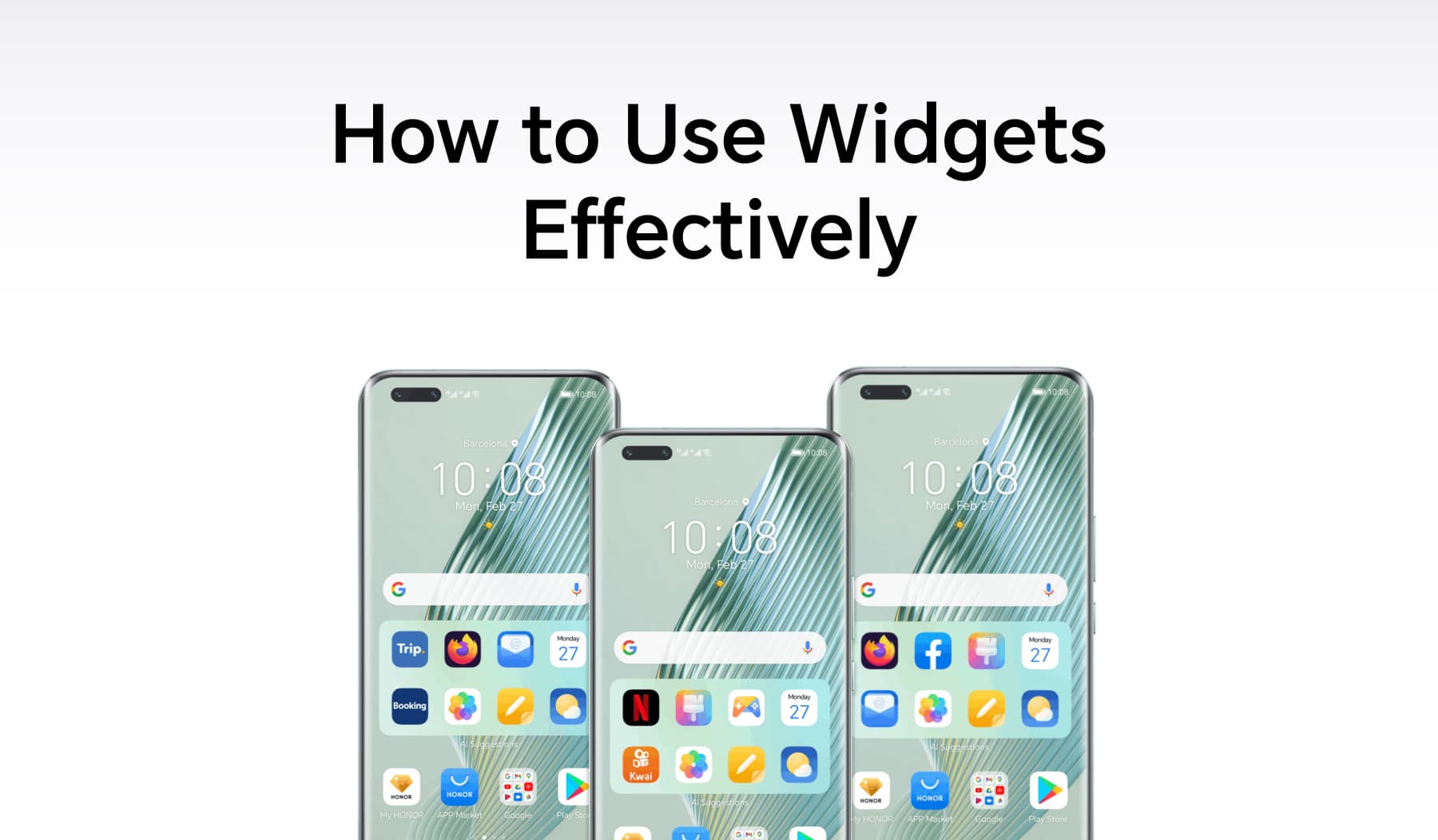
The effectiveness of widgets lies in the ability to personalize them to suit your personal needs and preferences. It's chiefly about deciding what information you want at your fingertips and ensuring that you set up your widgets accordingly.
1. Identify Your Needs: Before adding a widget, understand what information or functionality you want easy access to on your home screen.
2. Use Widgets Sparingly: While widgets are useful, having too many could make your home screen cluttered and potentially consume more battery power. Only use widgets for apps that you frequently use or need quick access to.
3. Position Widgets Effectively: Place your most important widgets where they're easily visible and accessible.
4. Keep Them Updated: Ensure your widgets are updated for them to perform optimally, providing you with the most accurate information.
In light of effective widget utilization, it's worthwhile to spotlight devices designed to maximize the widget experience. Our HONOR 90's expansive 6.7" FullView Quad-Curved Floating AMOLED display, which boasts a resolution of 2664x1200 pixels, offers an impeccable canvas for widgets, ensuring they are displayed with clarity and vibrancy. At the heart of the device, the Snapdragon 7 Gen 1 Accelerated Edition, combined with the prowess of WIFI 6, promises a brisk online experience crucial for real-time widget updates. Coupled with our intelligent power-saving feature, the HONOR 90's robust 5000mAh battery effortlessly lasts from dawn to dusk, ensuring the device remains functional and accessible throughout the day. And with integrated NFC, users get an added layer of convenience, making tasks like contactless payments a breeze.
Conclusion
To wrap up, understanding what is a widget on a phone can significantly improve your smartphone experience by enhancing accessibility and functionality. With the numerous types of widgets available and the many benefits they offer, it's worth taking the time to explore and strategically implement them to optimize your daily phone usage. Personalize your phone with the widgets and make your smartphone an efficient tool for staying organized, informed, and connected.
FAQ
Here are some commonly asked questions on what is a widget on a phone.
What Is the Difference between an App and a Widget?
An app (short for application) is a standalone software program designed for a specific purpose, whereas a widget is a small, simplified user interface element embedded within an app or a website to provide fast access to specific features or information.
What Does a Widget Look Like?
A widget typically looks like a small, compact version of a particular feature or function, often displayed on a home screen or dashboard. It can range from simple elements like clocks and weather updates to more complex components, such as calendars or music controls.
Can I Create My Own Custom Widgets?
You can create your own custom widgets on Android using apps like "KWGT Kustom Widget Maker" and "Zooper Widget" from the Google Play Store, offering a plethora of customization options. If you're skilled in Android development, Android Studio provides tools to craft widgets from scratch. On the other hand, iOS users, since the introduction of widgets in iOS 14, can employ apps like "Widgetsmith" for limited customization. Regardless of the platform, when designing widgets, it's essential to ensure they are efficient, not draining excessive battery or data, and to always use copyright-compliant content.
Source: HONOR Club

Subscribe To Our Newsletter - Discover HONOR
Please accept HONOR Platform Privacy Statement.
By entering your WhatsApp number, you agree to receive commercial information on WhatsApp about HONOR products, events, promotions and services. For more details, please see our privacy policy.
Please accept HONOR Platform Privacy Statement.
I agree to receive the latest offers and information on HONOR products, events and services through third-party platforms (Facebook, Google). I may withdraw my consent at any time as indicated in the Privacy Statement.
Contact
Mon-Sat: 09:00 – 18:00. (Except on national holidays).
Third Floor, 136 George St., London, W1H 5LD, United Kingdom.
Copyright © HONOR 2017-2025. All rights reserved.
We use cookies and similar technologies to make our website work efficiently, as well as to analyze our website traffic and for advertising purposes.
By clicking on "Accept all cookies" you allow the storage of cookies on your device. For more information, take a look at our Cookie Policy.
Functional cookies are used to improve functionality and personalization, such as when playing videos or during live chats.
Analytical cookies provide information on how this site is used. This improves the user experience. The data collected is aggregated and made anonymous.
Advertising cookies provide information about user interactions with HONOR content. This helps us better understand the effectiveness of the content of our emails and our website.






